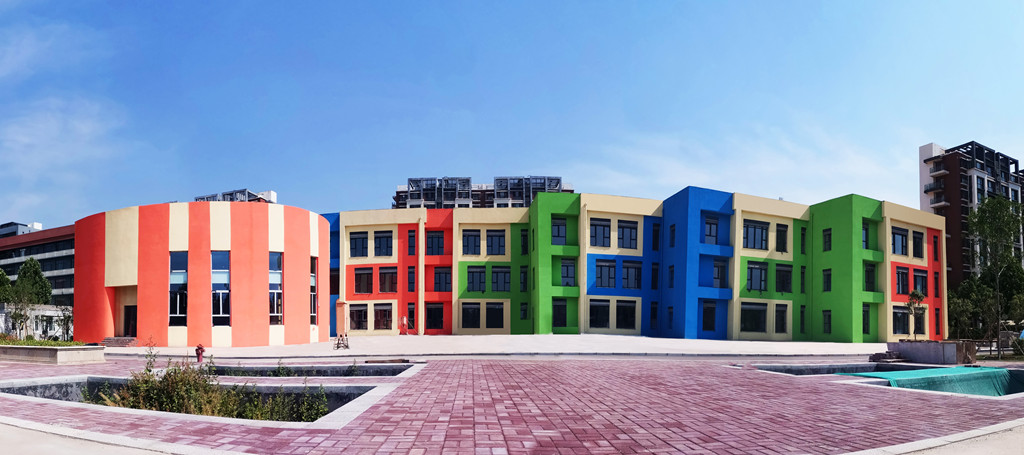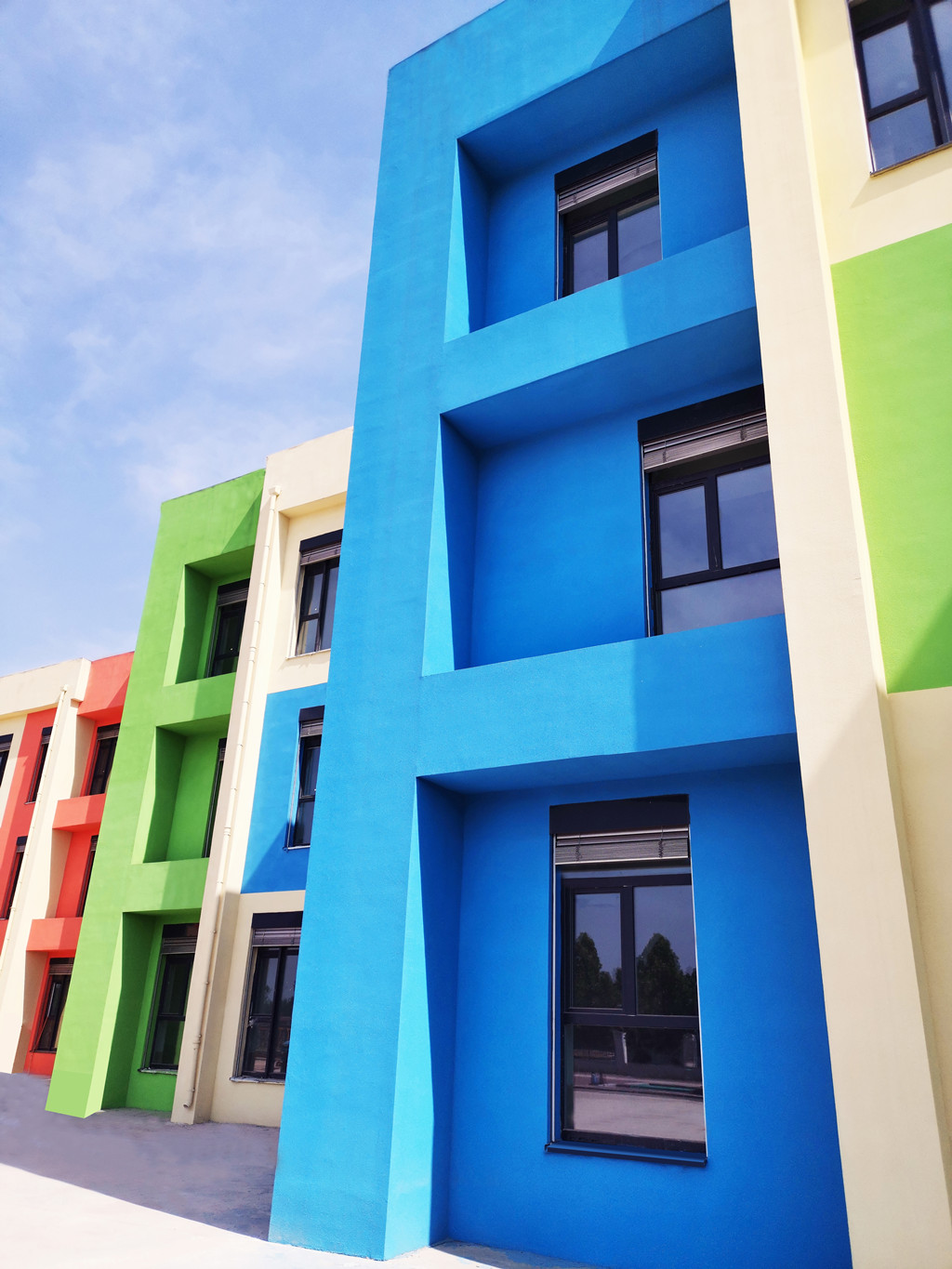Recently, at the site of Shandong ultra-low energy consumption kindergarten project, the successful installation of the LandVac® tempered vacuum glass indicates the completion of the first kindergarten constructed in compliance with the passive house standards; the children of the very first enrollment will start their school life here.

What is passive house? What is tempered vacuum insulated glass? Why do these terms appear in a seemingly ordinary kindergarten project? Simply speaking, A passive house refers to a building envelope that can meet the needs of cooling and heating without relying on the active supply of energy and only on the structural design of the building itself. It is a highly energy efficient, comfortable, and livable dwelling unit. As the main part of the building envelope, the performance of the fenestration is subject to the strict requirements of the passive house and is determined by the quality of glass which accounts for more than 70% of the entire area of windows and doors: While meeting the need for daylighting, the heat transfer coefficient of the glass must be lower than 0.8W/(m2·K). This kindergarten is equipped with LandVac®tempered vacuum glass which offers a heat transfer coefficient as low as 0.4W/(m2·K) and its thermal insulation efficiency is 6-10 times higher than that of a single pane glass. It is the number one choice for the enclosure of a passive house. A kindergarten built with the most advanced construction concept and the latest glass technology will not only help the children to establish environmental awareness in terms of energy conservation and emission control, its outstanding performance in noise reduction is also conducive to the growth and development of children’s hearing, language learning, reading skills, and social interaction ability.

Children are the future of the world and environmental protection warrants the future of the planet. In the near future, LandGlass will host popular science lectures on knowledge of vacuum and introduce vacuum insulated glass and building energy efficiency knowledge, helping them to explore the new world of environmental protection.





